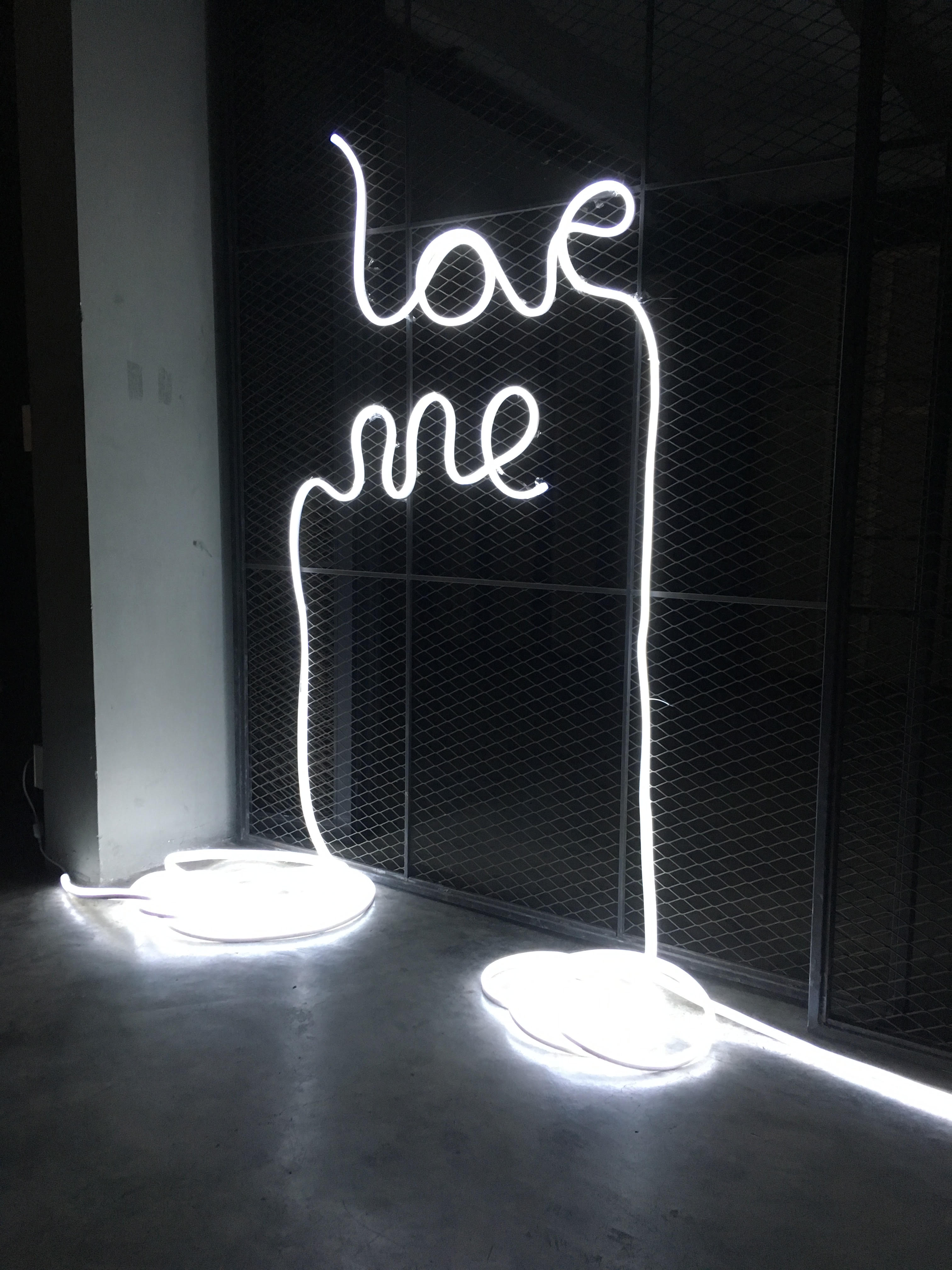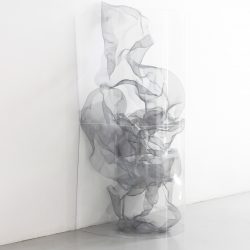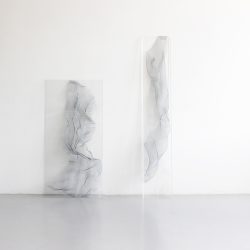“SLEEP VARIES DRASTICALLY FROM PERSON TO PERSON AND FROM CIRCUMSTANCE TO CIRCUMSTANCE. EVERYONE HAS THEIR OWN PATTERNS, WHICH IN TURN CHANGE ACCORDING TO SURROUNDING CONDITIONS,” AND FOR CURRENT ARTIST-IN-RESIDENCE AT HOF ART SPACE, ANNA FAFALIOU, “THESE ARE WORTH EXPLORING.”
Could you tell us about your work and practice, as well as the residency you’re currently working through at HOF Art Space?
I’m a London based conceptual artist. My work is focused on matters of identity and culture through memories. I’m interested in the idea of constructing identities through consumerism and how in the consuming world “I am” is interlaced with “I have.” I work with various mediums and I always try to learn new techniques and experiment with new materials. I feel really lucky because through my work I can travel a lot in order to be introduced to different cultures and traditions and meet interesting people around the globe. This is how I decided to visit Bangkok. I thought that immersing myself in the Thai culture would be very inspiring and beneficial for my work. I’m really grateful for HOF Art Residency as they’ve given me a beautiful space to work and on top of that they’ve introduced me to a lovely culture and the growing art scene of Bangkok. I was impressed to see how many young artist and recent graduates are active and aiming to develop the contemporary art scene of Bangkok.

‘Love Me’: Neon tube installation, work in progress at HOF Arts Space
And how about your project SLEEP, what does this “human landscape within the gallery space,” seek to explore and offer to the viewer?
“Sleep” is a project that was first produced for a new art gallery in London called Nahmad Projects. I wanted to create a performance that the audience could instantly engage with… and what is better than “sleep.” Conceptually this performance is a comment on the phenomenon of napping in public spaces in big cities. We all have experienced or witnessed people having a nap in the park during their lunch break or in public transport etc. Almost a third of our lives are spent in sleep. It doesn’t take a lot of skill or hard work to sleep and it can easily be denoted as an instinctive rather than a conscious action. Sleep nonetheless varies drastically from person to person, from circumstance to circumstance. Everyone has their own patterns, which in turn change according to surrounding conditions, and these are worth exploring.

‘Sleep,’ durational performance with audience participation, 2016, Image © Maria Katsika
I am interested in your visual works as well, could you briefly introduce your sculptural work ‘Surface’ and installation ‘Souls and Shadows’?
Most of my metal works such as ‘Not Formed Yet’ and ‘Surface’ are based on the distortion of objects creating new shapes and forms in order to question the relationship between body-space-object. With simple minimal lines and sharp cuts, I frame the movement to my sculptures giving them an abstract identity.
Inspired by the notion of memory and visual perception I’m experimenting with a variety of materials including metals. These works refer to the physicality and ephemerality of the material creating a dialogue between the space, the object and the viewer. The manipulation of the object leading it to its final form shows the mutually shaping process of human identity and urban space.

‘Not Formed Yet,’ aluminum sheet / acrylic paint, 2015, Image © Maria Katsika

‘Illusions,’ Perspex / silver mesh / acrylic paint / elastic cord, 2016, Image © Maria Katsika
I understand that you also have a strong interest in color theory and the relationship between the color white and memory. How does evidence of this interest find its way into your work?
Inspired by Kandinsky’s color theory and writings on white “White resonates, like a silence that can suddenly be understood.” The color white has been a significant aspect of my work as it refers to the neutrality beyond the materiality and individuality of the object. While white isn’t stimulating to the senses, it opens the way for the creation of anything the mind can conceive. Too much white can cause feelings of isolation and emptiness. By painting the objects, I’m giving them not a new identity, but the space and time of re-writing on them. I’m not trying to make them something different –I’m just trying to see them as they would look from a time distance. How they can seem better or more pleasant from a nostalgic point of view.

‘Erase You Erase Me,’ performance, 2015, Image © Maria Katsika
Are there other elements/characteristics of your work that you feel find their way across all the various disciplines you work within? Common points of reference that come through in both your visual and performance-based works?
I think it all comes down to human behavior and the construction of identities. This is my commonplace and point of reference for my work, and that’s what I get back to when I feel a bit lost. It’s about people and how we experience our environment –commonly or individually.

‘All I Can Remember,’ installation-performance, collected objects / paint / cords, 2015, Image © Maria Katsika
Last but not least, you have a performance piece coming up at the BACC on 16 Sept, could you provide an introduction / invitation to the work?
Of course, the performance piece is a reproduction of “Sleep.” Only this time I’m going to be by myself –without my performers. The performance will start on the ground floor and people will be able to take a pillow and come and take a nap with me. In the afternoon –if it’s not raining we’re going to take the performance outdoors at the entrance of BACC.

‘Sleep,’ durational performance with audience participation, 2016, Image © Benedict Johnson




